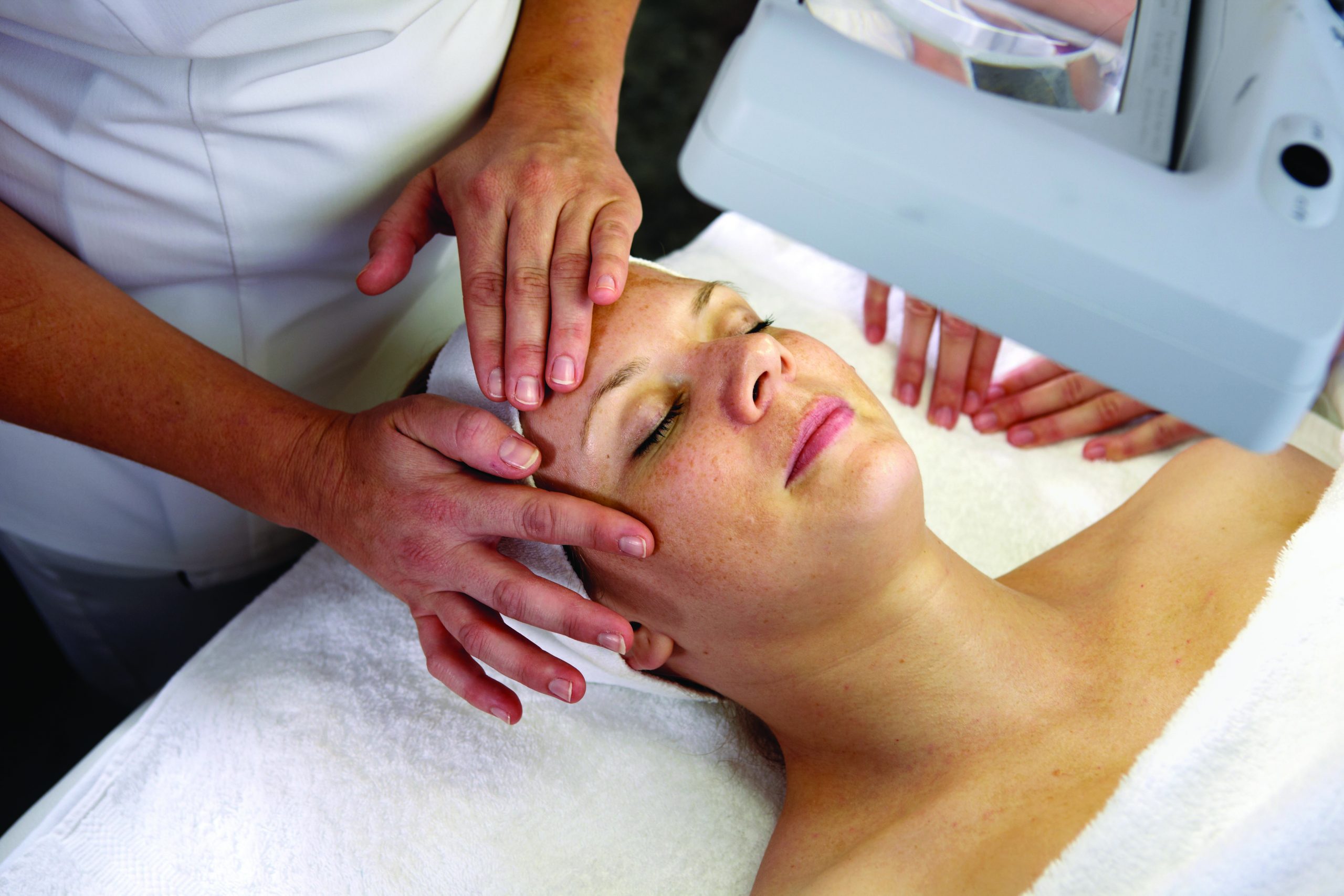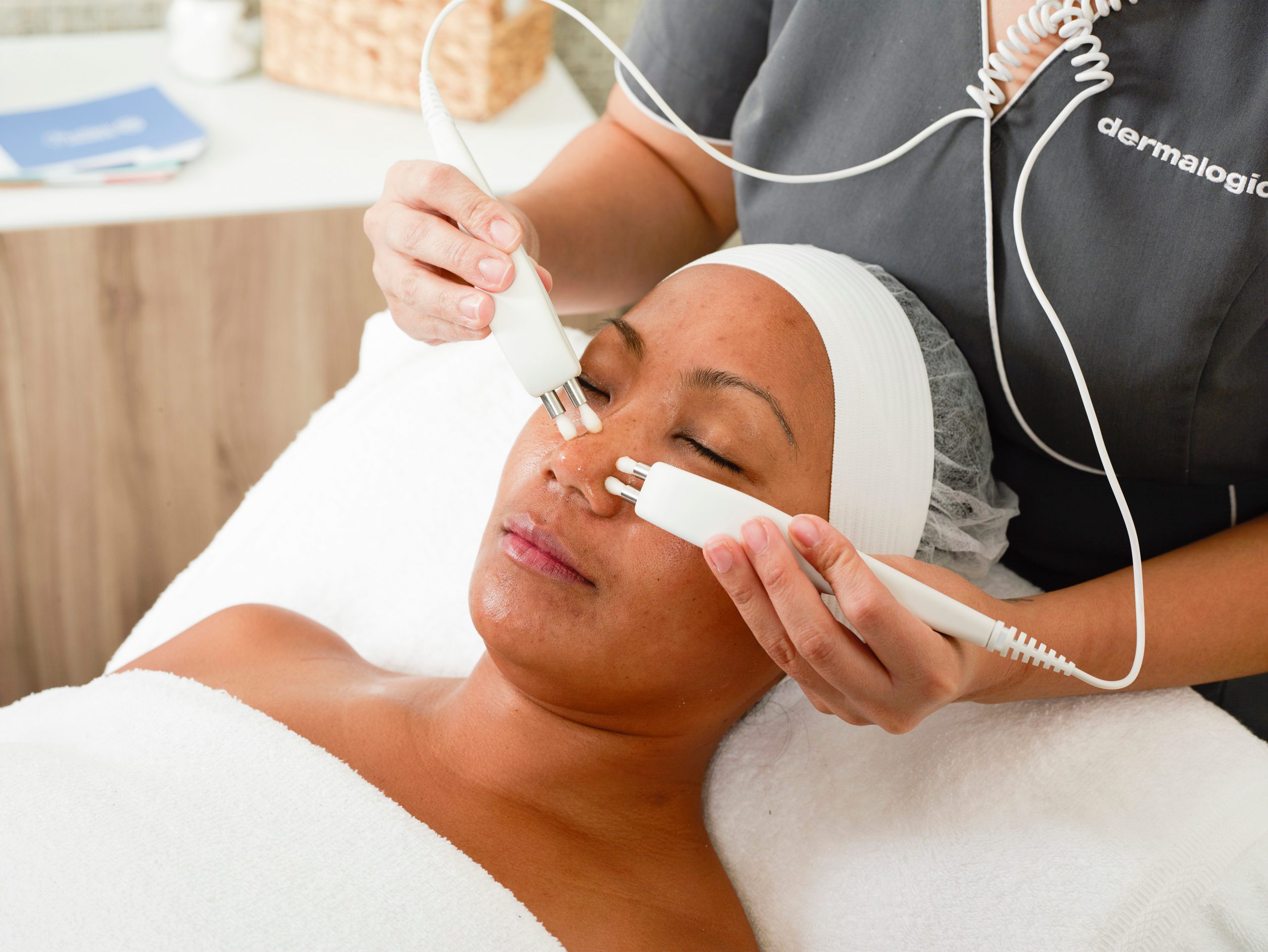
Our skin accumulates more than its fair share of debris on a daily basis. In fact, along with our respiratory system, our skin is an organ constantly exposed to airborne pollutants. Along with a veil of lipids, sweat and skin cells that we naturally produce, pollution from the environment accumulates on our skin creating a sticky chemical film that can create a cascade of oxidative stress, inflammation and hyperpigmentation.
We can’t always detect the microscopic pollutants in our environment, but you can imagine what builds up on our skin when you look at an exhaust pipe or see a brown haze collect along the horizon. The gummy buildup from engine emissions, forest fires, agriculture and burning fuel is directly released into the air and eventually it settles on us. The World Health Organization has long recognized the dangers of breathing in hazardous levels of air pollution, but more research is emerging linking these tiny particles to skin damage.
Ambient air pollution is an mixture of gas and microscopic solids suspended in the atmosphere. These molecules adhere to skin which can spike inflammation, accelerate signs of aging and impact skin’s natural defenses. Environmental pollutants contribute to impaired barrier function which increases trans-epidermal water loss and sensitivity. And protein damage created by Reactive Oxygen Species that consume skin’s antioxidants can even alter our skin’s healthy microflora.
Some of the most ubiquitous pollutants being studied regarding skin health are ground-level ozone (smog), and tiny particles calledparticulate matter (PM). Stratospheric ozone occurs naturally in the upper layers of earth’s atmosphere, where it shields us from the sun’s ultraviolet rays. Ground-level ozone on the other hand forms when emissions of Nitrogen Oxides (NOx) and Volatile Organic Compounds (VOCs) react with UV rays. When this chemical cocktail is exposed to UV light there’s a high chance of reactivity, inflammation and visible signs of sensitivity and damage on the skin. Ozone is most likely to reach unhealthy levels in sunny urban environments but can also be pushed to more rural areas by weather patterns.
Fine particulate matter, the main cause of reduced visibility or smog, also poses a risk to skin health. Particulate matter is a mixture of microscopic compounds that are small and light enough to be suspended in air. Because these pollutants are so tiny, they can easily solubilize into vapors, effectively transforming those droplets of liquid into a vehicle for irritating chemicals to adhere to the surface of the skin and even enter pores. To put it into perspective, the average skin follicle is 50-70 microns in diameter and fine particulate matter is in the ballpark of 2.5 to 10 microns in diameter. Because these particles are so fine, it’s easy to imagine how these microscopic irritants make their way into our skin.
Now that we know what we’re up against, let’s look at some daily solutions you can work into your routine to help shield skin from damage caused by ambient air pollution beyond a double cleanse and SPF.
What to reach for? Look for charcoal based exfoliants that help to detoxify with extra adsorbing agents that prevent adherence of pollutants to skin. Activated Binchotan Charcoal purifies the skin, helping to adsorb environmental toxins from deep within the pores, while Niacinamide, Red Algae, and Tara Fruit Extract help guard against the damaging effects of pollution. Build an antioxidant shield with free radical fighters like Vitamin C to strengthen skin’s natural defenses against biologically and environmentally generated reactive oxygen species. As the most plentiful antioxidant in our skin, Vitamin C plays a critical role in neutralizing free radicals and oxidative stress caused by pollution and UV. Since skin is constantly exposed to ambient air pollution in the environment, it’s crucial to boost our natural defenses by applying antioxidant rich formulas, like serums, directly on the skin to build a reservoir of antioxidant power to neutralize disruptive molecules.
We already recognize the effects of UV radiation on the skin, but now it has become crucial to go beyond daily SPF to help prevent and repair damage caused by pollution.
New SPF plus moisturizer formulas now include light activated skin defense systems with breakthrough antioxidant technology that helps protect skin against pollution. A boost of Matcha Green Tea, and light activated chlorella vulgaris help to brighten and defend against environmental assault. To learn more about defending your skin, visit https://www.skinpollution.com/ to identify your potential risk of accelerated skin aging and dominant pollutant in your area.
References and Readings:
https://www.who.int/airpollution/ambient/health-impacts/en/
https://www.ncbi.nlm.nih.gov/pmc/articles/PMC5916788/
https://www.epa.gov/ground-level-ozone-pollution/ground-level-ozone-basics#formation
https://www.dermalogica.com/daily-superfoliant/229,default,pd.html?start=0&q=daily%20superfoliant
https://www.dermalogica.com/biolumin-c-serum/237,default,pd.html
https://www.dermalogica.com/prisma-protect-spf30/243,default,pd.html
stay in the know
Get special offers on the latest developments from Front.



